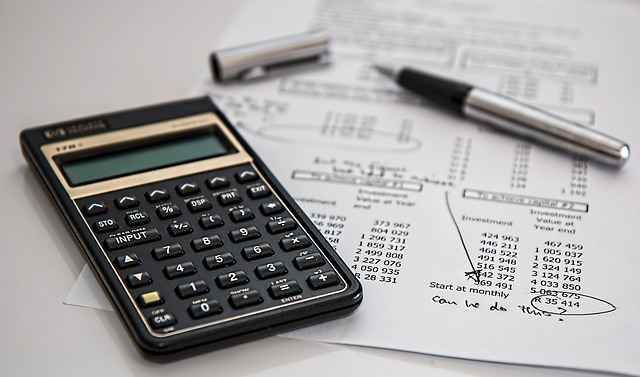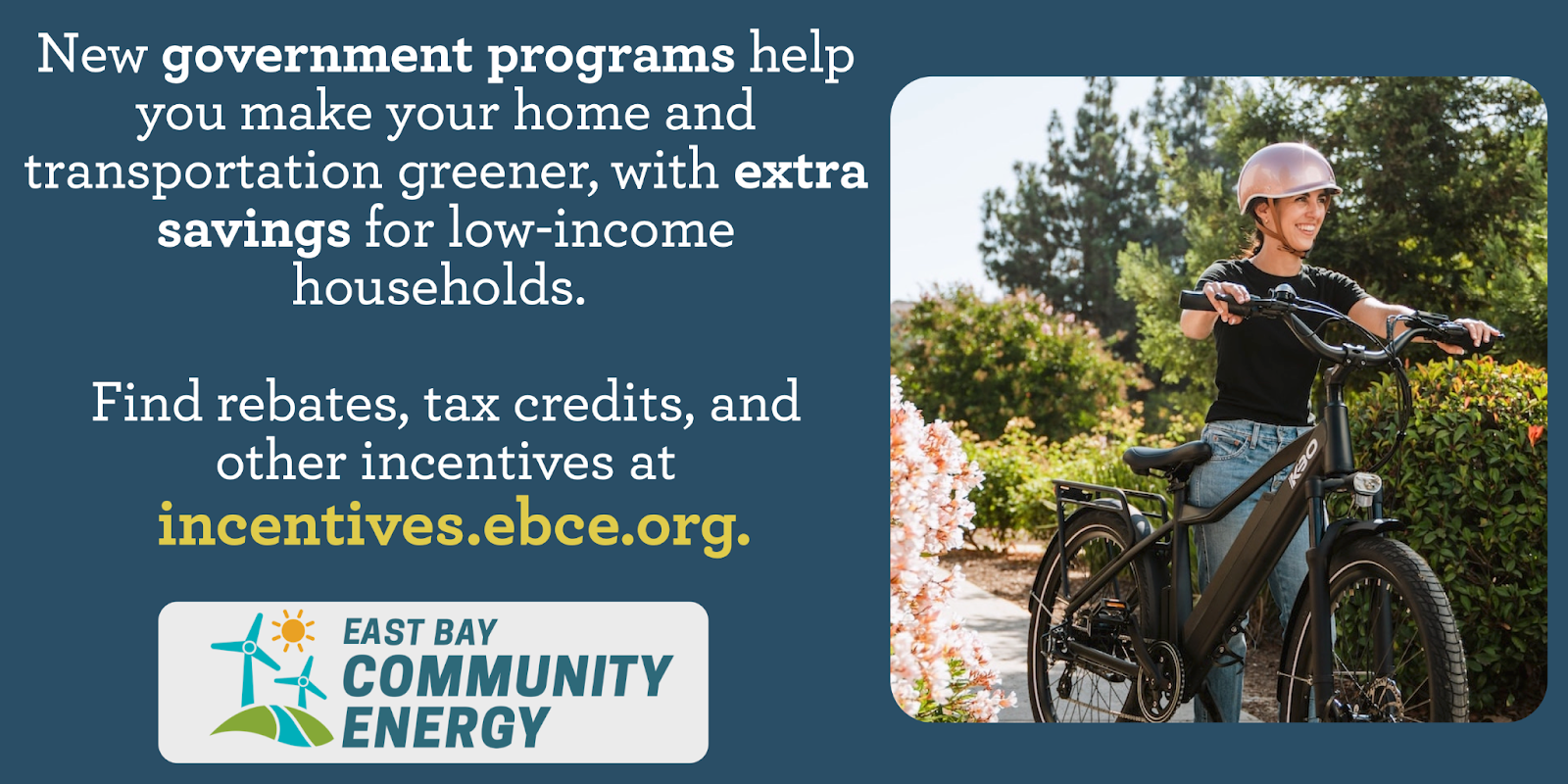New Bill Discount Program Offers Big Savings
July 21, 2023
EBCE has enrolled over 700 very-low-income customers to get a flat-rate utility bill, a new approach to reducing arrearages and improving comfort.

With innovative marketing techniques, EBCE is boosting enrollment in a new program that gives deep bill discounts to very low-income households.
The Percentage of Income Payment Plan (PIPP) caps monthly electric and gas charges at a set amount. A four-year pilot project is testing it for a limited number of customers.
PIPP is different than other discount and payment assistance programs, like the Arrearage Management Plan (AMP), Energy Savings Assistance Program (ESAP), California Alternate Rates for Energy (CARE) and Family Electric Rate Assistance Program (FERA), Medical Baseline, Low Income Home Energy Assistance Program (LIHEAP), and others. Those programs typically provide a discounted rate, a percentage savings, a payment plan for overdue bills, or energy savings.
Under PIPP, customers pay a fixed amount each month, regardless of usage, for gas and electric charges, with no need to repay the discount. For very low-income customers, the charge is $29 for electric and $9 for gas bills, plus taxes and fees. Other eligible customers pay $86 a month for electric and $29 for gas, plus taxes and fees.
About two-thirds of each electric bill goes to PG&E to pay for transmission and distribution charges, with the rest going to EBCE to pay for generation.
A family of four would need to make less than $27,750 per year to qualify for the deep discount, putting them in the lowest 20 percent of income in Alameda County.
PIPP Details
The PIPP was approved by the state utility commission for a four-year pilot that started in February 2023, but is limited to only 5,000 CARE customers in the PG&E service territory. Funding is provided by the Public Purpose Programs Charge, paid for by all ratepayers.
“The goal is to help customers save money and to prevent disconnections,” says Eleanor Smith, Connected Communities Manager for EBCE. Smith works on customer debt and disconnections and supports disadvantaged and underserved populations within the EBCE service territory.
EBCE is participating in the pilot along with PG&E and four other regional CCAs, and is helping by recruiting eligible customers to the program. EBCE gets to enroll 708 customers in the pilot, and has already reached that quota with an aggressive marketing campaign.
The marketing focused on those that had been previously disconnected for non-payment of bills. EBCE sent out a letter with a postage-paid reply card and also email to this subset of CARE customers, in English, Spanish, and Chinese, co-branded with PG&E to ensure familiarity. Two webinars in March were recorded and posted on the EBCE website. An online application form could be translated into any language, or customers could call in to a call center.
“We got a 10 percent response rate, which is quite high,” says Smith. “About 60 percent of signups are very low-income, so they will get the lower bill amount.”
Because the bill is for a fixed price, customers can consume any amount of gas and electricity. Smith is less worried about losing energy efficiency benefits.
“They will be looking at those questions in pilot evaluation, to see if usage went up,” she says. “But remember, these are very low-income customers who may be limiting their energy use so they can pay their bills, like keeping the thermostat low in winter. This fixed bill may help improve their comfort and quality of life.”
Interestingly, customers with electric vehicles are eligible to participate in the plan, enabling substantial savings for both home and transportation energy use.
And while very low income customers are unlikely to buy new EVs, income eligible households can get significant discounts on used electric vehicles. Discounts are offered through the Clean Cars For All program from the Bay Area Air Quality Management District (BAAQMD), the state Clean Vehicle Assistance Program and PG&E’s Pre-Owned EV Rebate Plus program, on top of new federal incentives that provide a $4,000 rebate for used EV sales. Some of these incentives can be combined, resulting in savings of over $10,000.
Check out the incentive finder: Savings & Incentives
